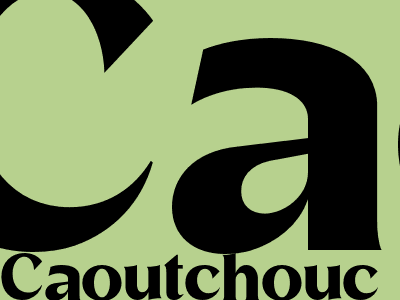
Caoutchouc: The History and Uses of Natural Rubber
What is Caoutchouc?
Caoutchouc is a natural rubber that comes from the sap of rubber trees, specifically the Hevea brasiliensis tree. It is a milky white liquid with a sticky texture, and it has been used for centuries to make items such as balls, shoes, and tires. Caoutchouc is composed of long chains of isoprene molecules that are cross-linked together to create a flexible and elastic material.
History of Caoutchouc
The earliest known use of caoutchouc was by the ancient Mayans and Aztecs, who used it to create balls for religious ceremonies and games. It is believed that Christopher Columbus brought caoutchouc back to Europe in the 15th century, and it quickly became popular for use in a variety of products. However, caoutchouc was not very durable, and it would quickly become brittle and crack when exposed to the elements.
In the 19th century, Charles Goodyear developed a process for vulcanizing caoutchouc, which greatly improved its durability. Vulcanization involves heating caoutchouc with sulfur, which causes the isoprene molecules to form stronger cross-links. This process made caoutchouc much more resistant to heat, cold, and wear, and it quickly became the preferred material for making tires and other industrial products.
Uses of Caoutchouc
Caoutchouc is used in a wide variety of products, including:
- Tires
- Belts
- Hoses
- Conveyor belts
- Rubber bands
- Toys
- Sporting goods
Caoutchouc is also used to make a variety of medical products, such as gloves, catheters, and surgical tubing.
Production of Caoutchouc
Caoutchouc is produced by tapping the bark of rubber trees. The sap is collected in cups and then coagulated to form a solid rubber. The rubber is then processed and vulcanized before it is ready to be used in products.
Environmental Impact of Caoutchouc
The production of caoutchouc can have a negative impact on the environment. Rubber trees are often grown in monoculture plantations, which can lead to deforestation and soil erosion. Additionally, the chemicals used in the coagulation and vulcanization processes can be harmful to the environment.
Conclusion
Caoutchouc is a versatile material that has been used for centuries to make a wide variety of products. It is durable, elastic, and can be easily processed. However, the production of caoutchouc can have a negative impact on the environment, and it is important to consider the environmental costs and benefits before using caoutchouc products.